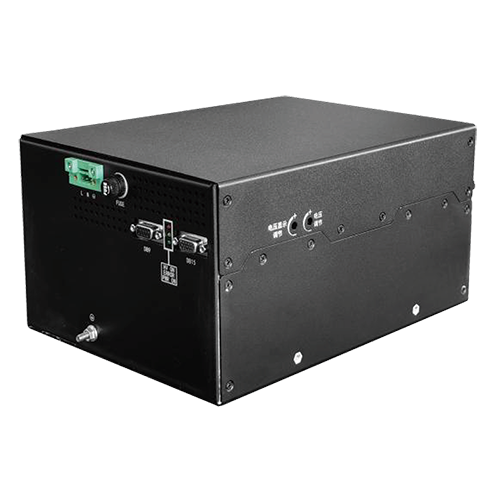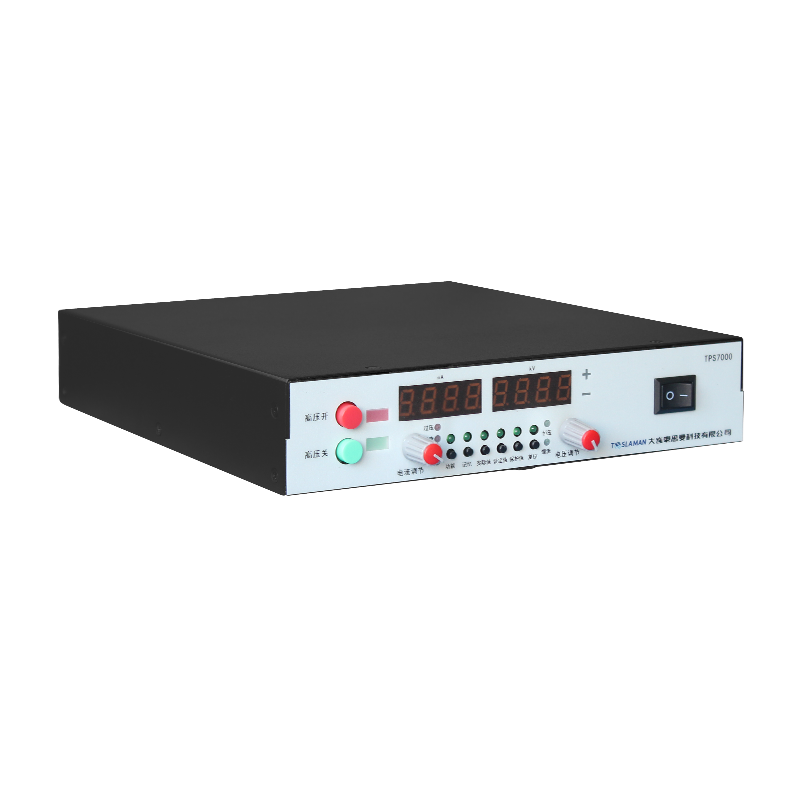Research on the Influence of Temperature on High Voltage Power Supply for Electrostatic Chuck
In the fields of semiconductor manufacturing and other high precision processing, the electrostatic chuck (ECH) is widely used as a key clamping device due to its advantages such as non mechanical contact and high precision positioning. The normal operation of the electrostatic chuck depends on the support of the high voltage power supply, and the influence of temperature on the high voltage power supply for the electrostatic chuck has become a research topic that cannot be ignored in this field.
The electrostatic chuck generates an electrostatic force on its surface by applying a high voltage electric field, thereby adsorbing and fixing the workpiece. As the provider of the electric field, the stability of the performance of the high voltage power supply is directly related to the clamping effect of the electrostatic chuck. During the actual working process, temperature changes will affect several key components of the high voltage power supply.
Firstly, the electronic components in the high voltage power supply, such as transistors and integrated circuits, are extremely sensitive to temperature. As the temperature rises, the intrinsic carrier concentration of the electronic components increases, resulting in an increase in leakage current. This not only consumes additional electrical energy but also may cause the operating point of the circuit to drift, affecting the accuracy and stability of the output voltage of the high voltage power supply. For example, when the temperature rises by 10 °C, the leakage current of some transistors may increase several times. For the high voltage power supply of the electrostatic chuck that requires precise control of the output voltage, this is a serious problem, which may lead to unstable clamping force of the electrostatic chuck and affect the processing accuracy of the workpiece.
Secondly, temperature changes will affect the performance of the insulating materials inside the high voltage power supply. The resistivity of insulating materials generally decreases with increasing temperature. In a high temperature environment, the decrease in insulation performance may trigger an electrical breakdown phenomenon, resulting in a short circuit of the high voltage power supply and preventing it from working properly. In addition, the thermal expansion coefficient of the insulating material is different from that of other components. When working in an environment with temperature changes for a long time, the material may be deformed or cracked due to thermal stress, further reducing the insulation performance and increasing the risk of equipment failure.
Furthermore, temperature poses a challenge to the heat dissipation system of the high voltage power supply. In order to ensure that the high voltage power supply does not overheat during operation, heat dissipation devices such as heat sinks and fans are usually equipped. However, when the ambient temperature rises, the heat dissipation efficiency of the heat dissipation system will decrease. If the heat cannot be dissipated in a timely and effective manner, the internal temperature of the high voltage power supply will continue to rise, forming a vicious cycle, accelerating the aging and damage of electronic components, and seriously shortening the service life of the high voltage power supply.
In response to these influences of temperature on the high voltage power supply for the electrostatic chuck, a series of effective countermeasures need to be taken. For example, high temperature resistant electronic components and insulating materials are used to improve the temperature adaptability of the high voltage power supply at the hardware level. At the same time, optimize the heat dissipation design, such as increasing the surface area of the heat sink and increasing the fan speed, to enhance the heat dissipation effect. In addition, introduce an intelligent temperature monitoring and control system to monitor the internal temperature of the high voltage power supply in real time. When the temperature exceeds the set threshold, automatically adjust the power supply operating parameters or start additional heat dissipation measures to ensure that the high voltage power supply can operate stably and reliably in different temperature environments.
In conclusion, in depth research on the influence of temperature on the high voltage power supply for the electrostatic chuck and taking corresponding solutions are of great significance for ensuring the efficient and stable operation of the electrostatic chuck in fields such as semiconductor manufacturing. This not only helps to improve product processing accuracy but also extends the service life of equipment and reduces production costs.




















